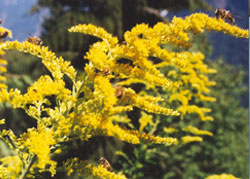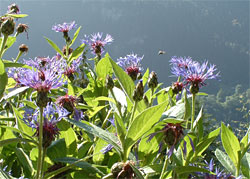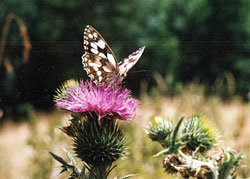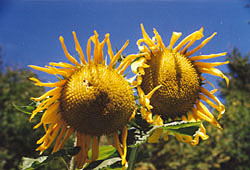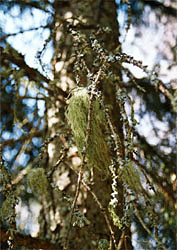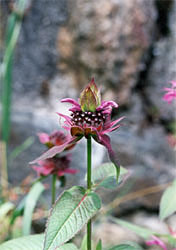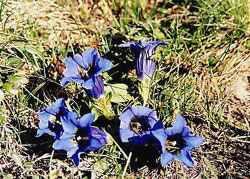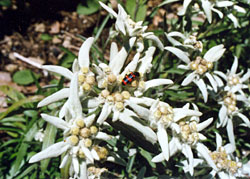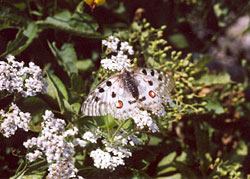In a country so mountainous that arable land barely amounts to 3% of its surface, the Swiss have rightfully earned the reputation of " Gardeners ot the Alps " by transforming even the most inhospitable scrap of not-too-vertical land into bountifull gardens and flowering fields. -this entirely by hand and with little more means than willpower and a tremendously green thumb.
The Swiss have done this for centuries, turning a much drier, inhospitable land into the green post-card-pretty place it's know as today. And because they recognized that the only thing standing between them and tons of roaring white death were trees, the Swiss have been practicing reforestation since well before the term existed. Now, contrairy to the deforestation trend that leaves most of the wolrd's forests shrinking, the forests in switzerland are growing, and in many valleys the struggle is to keep from getting grown-over and chocked out, -biodiversity included-.

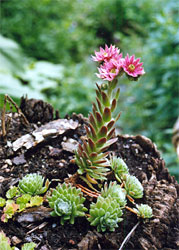





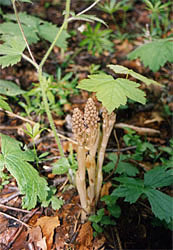
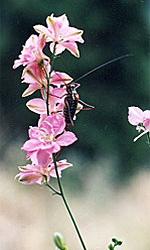
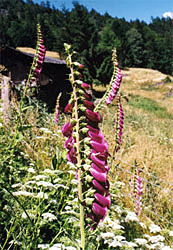 Digitalis purpurea
Digitalis purpurea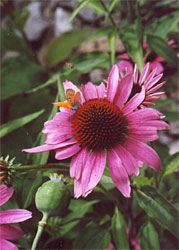 Echinacea
Echinacea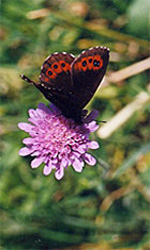 Knautia Arvensis
Knautia Arvensis